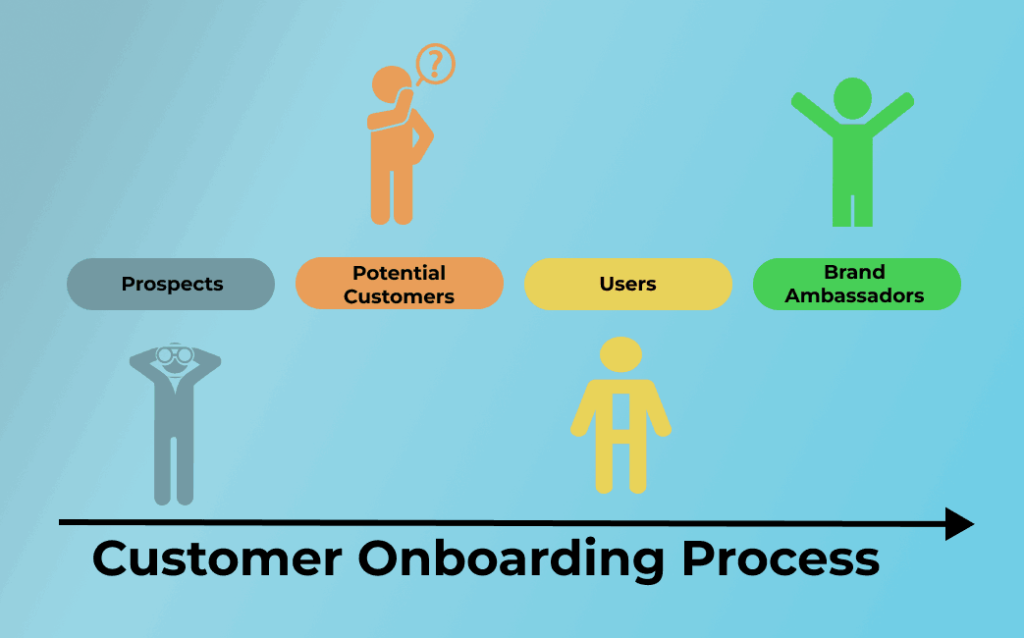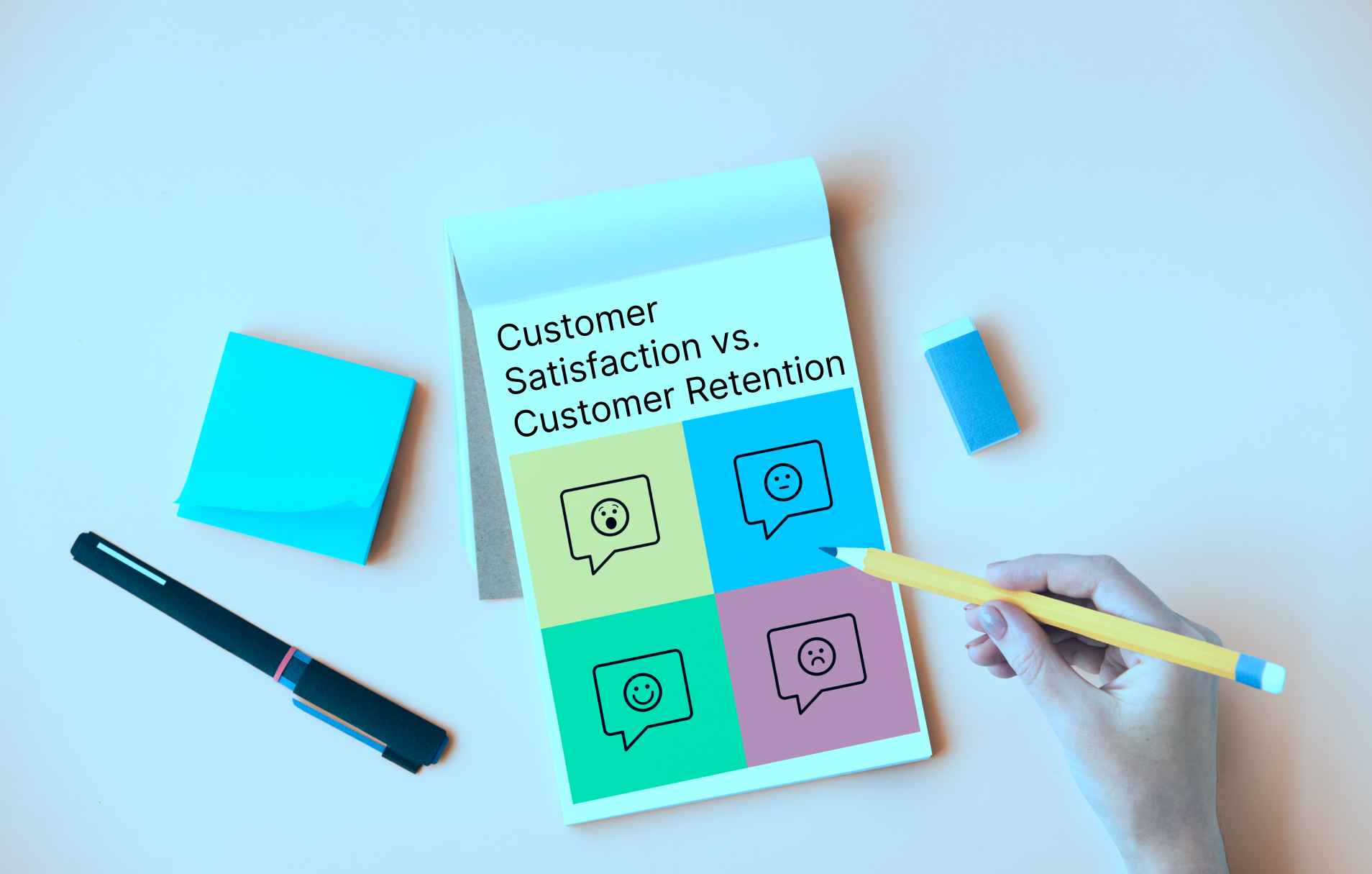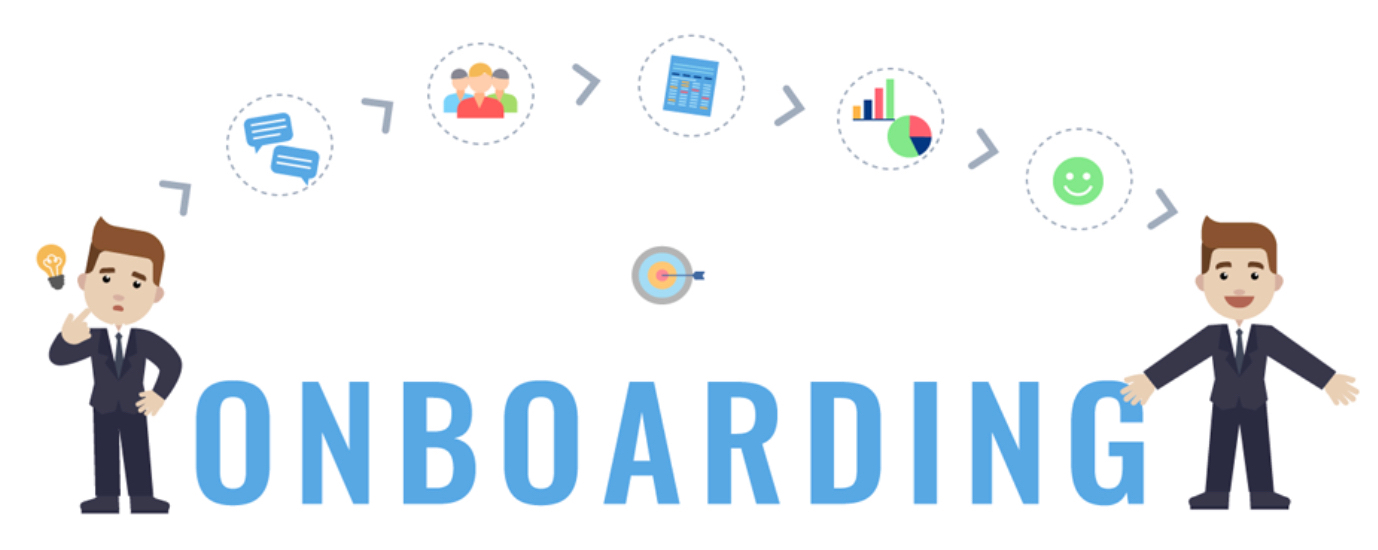What is Customer Onboarding?

Question: How do you accurately predict whether a customer will be successful using your solution and whether you will meet your long-term goal of maximizing profit from this customer?
Answer: the success (or otherwise) of the onboarding process is the most accurate predictor of whether either, or both, of the above outcomes will be achieved.
Unfortunately, the onboarding process is different for every vendor and every customer. So building a successful, repeatable process is not an easy task. There are many factors that need to be in place, like: a sales process is closing and handing over good-fit customers with manageable expectations to the customer success team; motivated onboarding reps who are driven to help each customer achieve the value they expect; data and a tech stack that make life easy for your team, the list goes on.
In this article, we will dive into the customer onboarding process and hopefully provide some insights into building a great one!
What Is the Customer Onboarding Process?
Customer onboarding is the process that customers go through from the moment they sign up for your service or product to its exploration and first use. During this time, a company should guide the customers through each stage by providing them with clear and simple instructions that point out the product’s strongest points and the brand’s core values. By delivering what’s promised, you are assuring the customers that their time and trust are greatly appreciated.
The process of onboarding a new customer to your platform could make or break your business, as it directly impacts their overall experience and motivation to stay engaged and come back to it regularly. Sounds familiar? Yes, this is also a definition of customer loyalty, so by having a seamless customer onboarding process, you are increasing customer retention and reducing churn.
When Does Customer Onboarding Begin?
This is a debatable question, as the right answer depends on the industry. Even though it is generally considered that the onboarding process begins after the first purchase (which is the e-commerce case), successful onboarding includes each segment of the customer’s journey.
From the first moment a prospect shows interest in your products or services, they should be perceived as a potential customer. Sometimes, the outcome may depend on the way you welcome them and communicate, so it is wise to develop and nurture customer relationships from the first inquiry.
Most SaaS solutions offer free trials, which are an opportunity for the prospect to get to know the software better and determine its efficiency. This is the time to share enough informative resources about the software to ensure better engagement and seamless conversion to paid subscriptions or purchases. Also, it is an opportunity to gather customer data and learn what value each customer expects to get from your service.
Once you have that all figured out, you can guide the customers smoothly towards their goals. With the customer success platform Akita, you can streamline all customer data into a single source and get a full overview of your customers’ profiles. It easily integrates with dozens of other SaaS tools, allows you to tag team members in Tasks and Notes, and comes with automated alerts.
Why Is Customer Onboarding So Important?
By failing to establish and implement an effective customer onboarding program, the business risks reducing Net Revenue Retention and customer lifetime value and finally, increasing customer churn.
Even though the given facts already prove the importance of customer onboarding, let’s get even more detailed:
- It sets the tone for the customer relationship
Assisting a potential customer from sign-up to the purchase stage (and beyond) adds a personalized touch to their experience.
- It provides vital information about product usage
To avoid the pitfalls of first-time product usage, it is crucial to provide customers with concise and clear instructions on how to use the service and extract its value in the shortest time.
- It shortens the Time to Value
Time to value (TTV) measures the amount of time a new customer requires to get value from your services or products. “The quicker, the better” certainly counts as a good thing here since it shows that customers are happy with what they have.
- It improves customer retention and customer lifetime value
If your customers are satisfied with your service or product, it is more likely they will return to it and incorporate it into their workflow routine. This improves customer satisfaction and experience, which improves retention and loyalty.
- It encourages customers to share a positive experience
Word-of-mouth marketing is still considered a powerful marketing tool. By increasing loyalty, you are motivating customers to act as brand advocates.

How to Implement a Customer Onboarding Process
Hopefully, you have the answer to the question “What is customer onboarding?” by now. However, to set it up for success, it is not enough to understand its definition and importance.
Customer onboarding implementation plays a huge role in determining the customer onboarding program outcome. Like with any other business department, customer success demands a strategic and standardized approach to retain customers and ensure business growth.
One of the surest ways to achieve given objectives is to automate certain customer onboarding processes. The first thing to consider when deciding which automation tools to include is determining the goals.
If you wish to automate communication with customers and organize activities within the business platform, CRM software is a great tool for that. To manage customer support tickets and inquiries, there are various help desk software that can take dedicated customer support to the next level. To segment, analyze, and monitor customer behavior data, track its metrics, and experiment with various strategies based on the data results, try using customer success software like Akita that integrates easily with CRM, help desk, chat, billing products, and many more.
Once you organize and implement a customer onboarding process, it’s getting easier to control it, measure its performance, and identify weak spots that require some nurturing.
What’s the goal of your customer onboarding process?
Hopefully, we managed to clarify what the customer onboarding process is and inspire you to start building exceptional strategies that could improve it.
The effectiveness of an onboarding strategy is defined by the level of customer satisfaction and their willingness to come back to your product frequently. Creating a solid customer relationship foundation is key to increased customer engagement, product activation, and retention. This brings us to the ultimate goal of the customer onboarding process: ensuring a business has a substantial base of loyal customers, revenue growth, and an impeccable reputation.
Can you use Akita to Onboard Customers?
Absolutely! As a Customer Success platform, Akita is designed to help you successfully guide your customers through all stages of the customer lifecycle. Akita concentrates all of your customer data into one place, allowing you to build customer segments by identifying which of your customers are in the onboarding stage and which customers’ onboardings are stalled or failing.
Akita also allows you to automate next steps or required interventions via its playbook technology, so no customer falls through the cracks and you have the greatest possible chance of successfully onboarding customers.
Frequently Asked Questions
What are the best practices for customer onboarding?
Besides understanding your customers and being straightforward about the value your product can bring them, it is important to communicate with them and learn more about their experience. By gathering their feedback, you can adjust and personalize onboarding strategies.
Is customer onboarding necessary for startups?
Yes! Customer onboarding works whether you have 10 or 1,000 clients. It is especially beneficial for startups, as they are eager to expand their customer base.
Is a welcome email important for customer onboarding?
Of course! The way you greet a new prospect is part of leaving a great first impression. Still, make sure to make it both informative and welcoming, yet concise and understandable!





